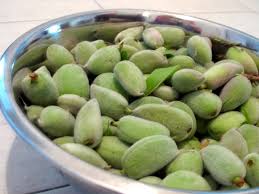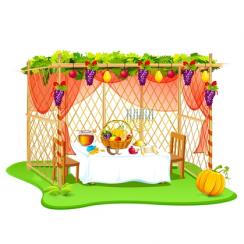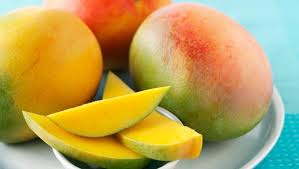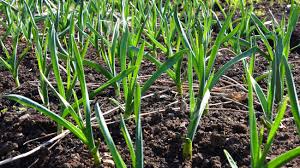I can talk about TuBishvatalot (and write about it no less). It is one of my favorite holidays.
First, because the stars of the show this time are the trees and fruits. In other holidays,people are the main motif, even with the Festival of Ingathering (Sukkot), the Festival of Reaping (Shavuot) or theFestival of Ripeness (Passover)which are farming holidays, farmers are people. In TuB'Shvat, the people celebrate the trees, the people thank the trees and are satisfied, and identify with them – “because man is the tree of the field”. For a moment, for one holiday, we can become full-fledged tree-huggers and empathize with anyone who has roots that make it difficult to travel, and with anyone who craves sunlight and needs it to rejoice. TuBashvat is a holiday that implies, in the midst of the cold and bleak February, that spring is indeed coming, and is just around the corner – and the almond, the torch bearer of the promised spring bloom, is my favorite too.
Almonds originate from the Asian region, around India and Pakistan. From there, merchants and explorers spread the almonds to the entire world as far back as ancient times – almond remains were found near the burial ground of the pharaoh Tutankhamun, and almonds, one of the most prominent symbols of TuB'Shvat, flourished in Israel back in the Bible days. Flourishing almond trees hold a promise of… delicious almonds. I love the fact that the green young almonds grow on the branches alongside the mature almonds from the previous season, brown-black on the branches, patiently waiting for soeone to come and pick them, long after their season is over. And just beside them are small, fresh,green puffs begin to emerge, that evolve into small almonds that look like small furry hatchlings.
For those who enjoy culinary diversity, these green almonds are a delicacy on their own. Chop them into a salad, pickle or even straight from the tree. Sometimes when eating green almonds from the tree, in nature, the chewing process is accompanied by an aroma of bitter almonds (which is also the scent of cyanide. I hope you didn't know that) and a slight tingling or prickly sensation – the reason is a substance called glycoside amygdalin, which, according to the literature,breaks down into cyanide when crushed. Because chewing is a type of crushing, and because 20 bitter almonds are enough to cause food poisoning, you shouldn’t eat too many when in nature… This is obviously not valid for almonds that are bought in the store. They do not contain the toxin and can be consumed with no fear of cyanide poisoning, since the tree from which they were harvested belongs to a specie that has been sorted, improved and selected so that it does not contain the substance.
Candy producers in the Middle East have tried a slightly different combination of almond crushing – and mixed the crushed produce with sugar and spices, and sometimes with rose water too. The original result was so delicious and delightful that the marzipan made today in Spain (to which it arrived of course with the Spanish occupation) is protected by the European Union like other food products prepared in a traditional process, such as the Roquefort. What else is prepared from almonds? Lots of delicious stuff: macaroons, croissant filling cream, Italian biscotti, German almond bread … and not to forget – as a crunchy addition to salad and to granola. But the most fun – just eat them by the handful…
Yours,
Maggie's Garden Team
Forecast:
In the ORGANIC vegetable baskets we expect (draft only):
Cucumber
Tomato
Lettuce
Potato
Cauliflower
Eggplant
Parsley
Leak
Celery
The Large organic vegetable baskets also include:
Onion
Coriander
Cabbage
In the ORGANIC fruit baskets:
Bannana
Orange
Pomelo
The large ORGANIC fruit baskets also include:
Red Pomelo
Clementine
The ORGANIC Green Basket:
Celery
Spinach
A kind of lettuce
Mint
Sprouts
Swiss Chard
Kale
Argula












